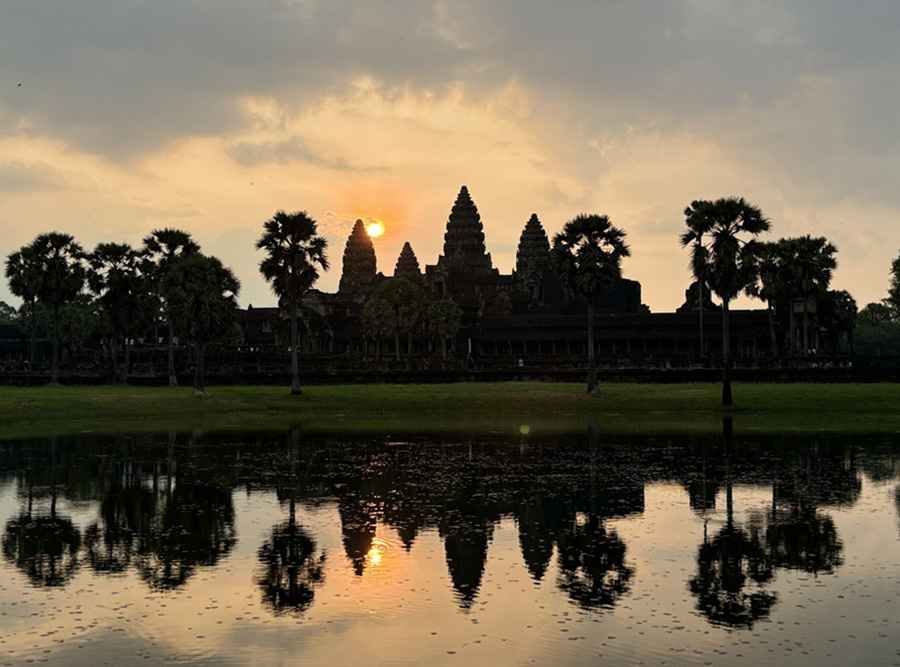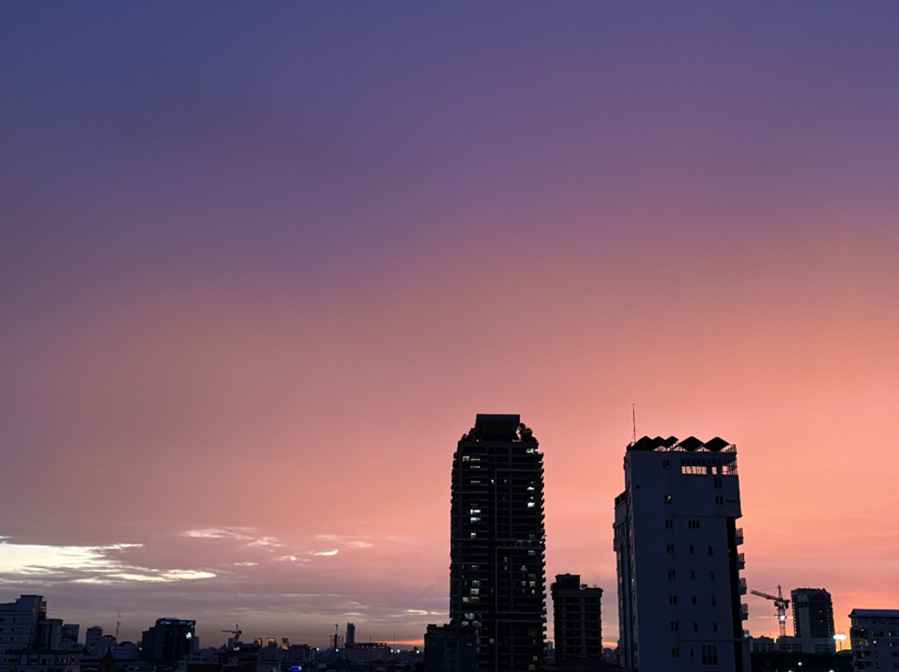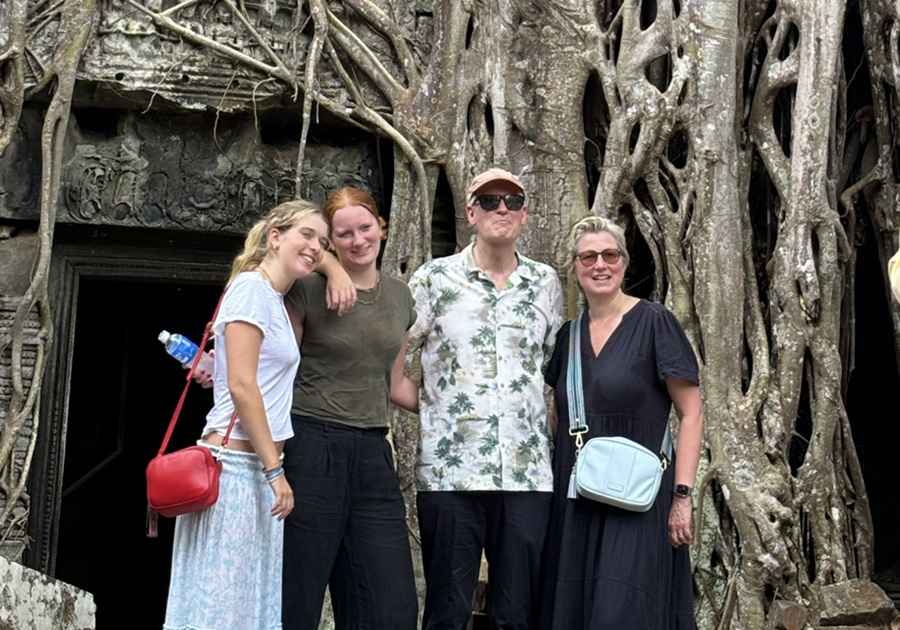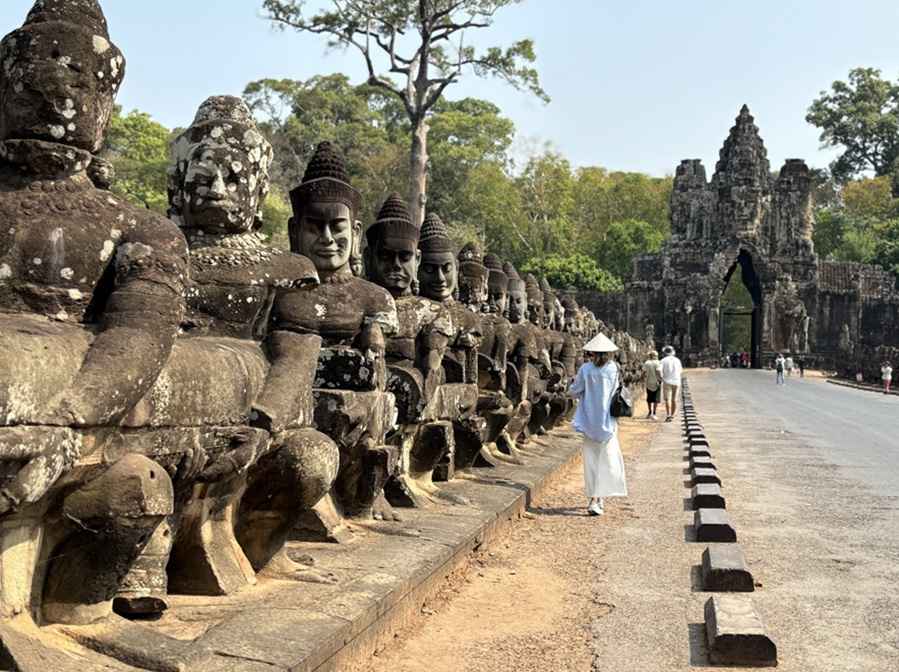A Simple Planning Guide on Your Perfect Cambodia Tour
Cambodia is a land full of wonder. The country is home to ancient temples, tropical beaches, green countryside, and lively cities. Every part of Cambodia offers something different, from the mysterious Angkor Wat to the quiet villages.

Planning a trip to Cambodia can feel confusing at first. Many travelers wonder how to balance temples, cities, and islands within one visit. This guide will take you step by step through the tour planning. With clear advice and the support of local travel experts, your journey can be simple and stress-free.
Step 1: Decide on Your Cambodia Travel Destination Based on Your Travel Style
The first step is to think about what kind of trip you want. Some travelers come mainly for history and culture, which makes Siem Reap and its world-famous Angkor temples the best choice. Exploring the ruins with a guide is an unforgettable experience, and it often feels like walking into another world.
If you prefer sunshine and the sea, the southern coast, with Sihanoukville and nearby islands such as Koh Rong, is perfect for swimming, snorkeling, or relaxing. If you enjoy a mix of city life and countryside, Phnom Penh offers a lively riverside atmosphere, while Battambang provides peaceful rice fields, art spaces, and traditional village life.
Some travelers want to visit everything in one trip. However, Cambodia is more enjoyable when you focus on just two or three destinations. For a journey of seven to ten days, this approach allows you to relax and discover each place properly instead of rushing. Local agencies can also design Cambodia tours for special interests, such as food trips, eco-treks, or workshops with local artists.
Step 2: Choose the Right Travel Season: November - February
The season you visit Cambodia will shape your experience. From November to March, the weather is cooler and drier, making it the most popular time to travel. Days are clear, sightseeing is comfortable, and festivals add to the lively mood. The only challenge is that this is also peak season, so famous sites can feel busy.
From May to October, Cambodia turns green with rain. The showers are often short, leaving behind fresh air and lush landscapes. Fewer tourists come during this period, so prices are usually lower, and the atmosphere feels calmer. April is the hottest month, but it is also when the Khmer New Year takes place, filling the streets with water fights and celebration.
If you want the best balance between weather, activities, and crowds, November to February is often the ideal choice. Still, every season has its charm, and your decision may depend on what kind of experience you value most.

Step 3: Plan a Budget That Fits You
Cambodia welcomes travelers of every budget. Backpackers can get by on thirty to fifty dollars per day with hostels, street food, and public buses. Mid-range travelers who prefer boutique hotels, guided day tours, and restaurants may spend between sixty and one hundred dollars daily. Luxury visitors who want private transfers, high-end resorts, and personal guides should expect one hundred and fifty dollars or more.
A local travel agency can often make your budget go further. Agencies combine hotels, transport, and Southeast Asia tours into packages that save both money and time. This also allows you to choose where to spend extra. Some travelers splurge on a sunrise tour of Angkor Wat with a private guide, while others save their luxury moments for a few nights in a beachfront resort. Do not forget to include small but important costs, such as visas and temple passes, which can add up to around seventy or eighty dollars per person.
Step 4: Plan Your Detailed Cambodia Tour Itinerary
A good itinerary helps you enjoy Cambodia without stress. A one-week trip usually includes three days in Siem Reap for the temples, two days in Phnom Penh for the capital’s energy, and another two days on the coast or islands to relax. This classic route offers a nice balance of culture, history, and beach time.
If you have ten days, you can add towns like Battambang or Kampong Cham for a deeper cultural experience. Travelers with two weeks or more can take things slowly and explore less-visited areas like the Cardamom Mountains for jungle adventures or Kratie for river life and the chance to see freshwater dolphins. Transport between destinations is easy with reliable bus companies such as Giant Ibis or quick domestic flights.

Step 5: Book Flights, Hotels, and Essentials Early
Good planning starts with booking flights and hotels. Most travelers enter Cambodia through Siem Reap or Phnom Penh, both of which are well connected to neighboring countries like Thailand and Vietnam. From there, you can travel internally by bus, car, or short flights.
Accommodation is available for all budgets. From hostels filled with backpackers to boutique hotels with charm and character, the choices are endless. During the high season, rooms can sell out quickly, so booking early is important. Agencies can simplify this process by creating packages that include everything from Angkor tours to boat tickets.
Packing smartly will also make your trip easier. Cambodia’s climate is hot and humid, so bring light clothing, comfortable walking shoes, sunscreen, insect repellent, and a reusable water bottle. These essentials will help you stay comfortable while exploring temples, cities, or beaches.
Step 6: Simple Culture and Safety Tips for Cambodia Tours
Respecting local culture makes your trip smoother and more meaningful. At temples, covering your shoulders and knees is important. Modest dress shows kindness and respect, and it is often required for entry. Being polite and open to local customs also makes interactions friendlier.
Getting around is easy with modern options. In cities, ride-hailing apps like GrabApp are safe and convenient. For longer journeys, agencies can recommend trusted drivers or arrange transfers. Supporting local communities is another way to enrich your trip. Cambodian guides bring history and legends to life, and joining community tours or homestays helps families directly.
Health and safety are simple but important. Always drink bottled or filtered water, and keep mosquito repellent handy, especially outside the cities. By taking these small steps, you can enjoy Cambodia with peace of mind and focus on the experiences that matter most.

Conclusion
Cambodia is a destination that stays with you long after you leave. The ancient wonder of Angkor Wat, the energy of Phnom Penh, the peaceful countryside, and the calm beauty of the islands all combine into a journey full of variety and joy.
The secret to enjoying Cambodia is to keep things simple. Choose your travel style, pick the right season, set a budget, and create a short and flexible itinerary. Most importantly, travel kindly. Respect the culture, support local communities, and enjoy each moment. If you do, your Cambodia adventure will be more than a holiday—it will be a story filled with smiles and memories to treasure.